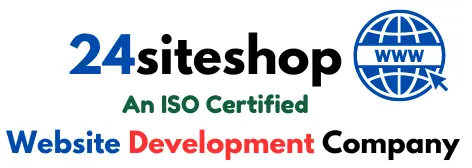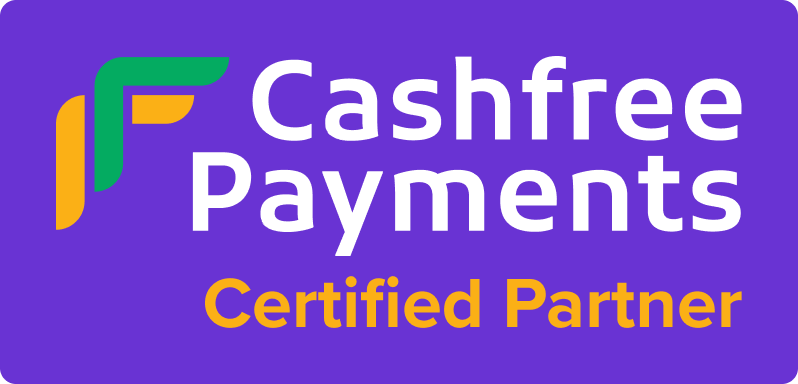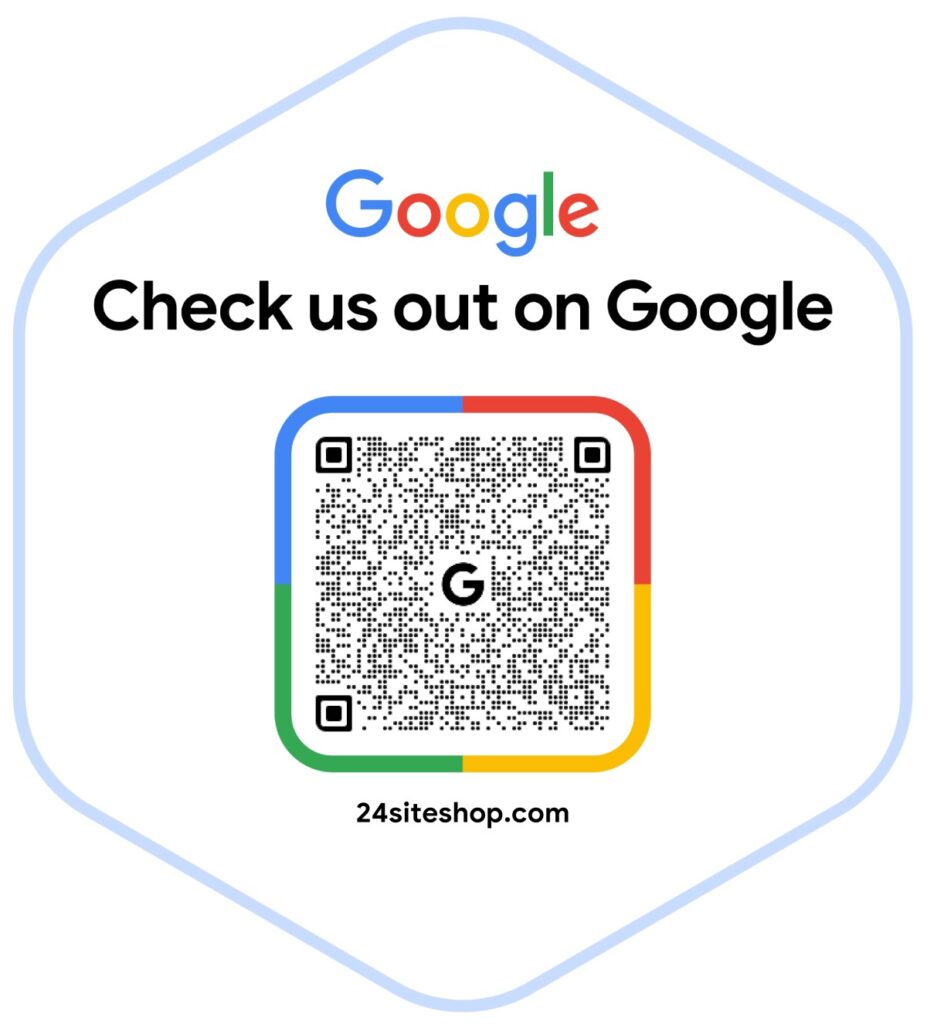
The rise of ecommerce has opened the door for new digital business models, and one of the fastest-growing models is the multivendor marketplace. As a website development agency, we work closely with businesses that want to create powerful marketplace platforms where multiple sellers can register, upload products, manage orders, and earn revenue through a centralized system. This blog showcases a recently completed project where we developed a full multivendor ecommerce website using WordPress, WooCommerce, and the Dokan multivendor plugin. The purpose of this article is to demonstrate our approach, the features we built, and how our agency helps clients launch successful marketplace businesses.
The client needed a clean, scalable, and easy-to-manage ecommerce system where different vendors could successfully run their own micro-stores. We delivered a high-performance, professional, mobile-friendly marketplace with complete administrative control, vendor control, and customer experience optimization.
Project Understanding and Requirement Analysis
Before beginning development, our team gathered complete information about the client’s goals. The client wanted a flexible marketplace that supports multiple product categories and manages vendors efficiently.
We documented the core requirements, including:
- A marketplace supporting multiple vendors
- Vendor registration and approval workflow
- Vendor dashboards for product and order management
- Secure payment gateway integration
- Simple and clean homepage layout
- Fully responsive mobile design
- Commission-based earning model
- Easy category and product structure
- Admin control over vendors and content
- SEO-friendly system for organic search ranking
These requirements helped us create a clear development strategy.
Why We Chose WordPress, WooCommerce, and Dokan
Based on the project goals, we selected the WordPress + WooCommerce + Dokan stack because it is:
- Cost-effective
- Scalable
- Easy for clients to manage
- Well-supported with updates
- Highly customizable
- Rich in plugins and extensions
- Fast to develop without sacrificing quality
Together, these tools allow us to build a marketplace that performs like a fully custom-coded system at a much lower cost.
Planning and Designing the Marketplace Structure
Our development team began by planning the site architecture. This helped us avoid complexity and maintain clean navigation throughout the website.
Key planning steps included:
- Structuring the homepage layout
- Mapping vendor dashboard elements
- Planning product page templates
- Designing category hierarchies
- Setting up navigation menus
- Defining URL structures
- Setting SEO-friendly placements
- Organizing media and content sections
We created a simple and modern design that guides users toward essential sections such as products, offers, and vendor stores.
Home page Features and User Experience
We designed the homepage to reflect a professional ecommerce marketplace. The layout includes:
- A hero banner with a featured promotion
- Search bar with smart product suggestions
- Category grids for quick browsing
- Featured product sections
- Top-rated vendor showcases
- Popular product sliders
- Offer banners
- Clean and responsive design
Each element is optimized for user engagement and fast navigation.
Vendor Dashboard Setup and Configuration
Vendor management is the heart of a multivendor marketplace. For this project, we created a fully functional vendor dashboard using Dokan Pro.
Vendor dashboard features include:
- Vendor profile and store setup
- Product upload and editing
- Inventory management
- Order management panel
- Commission tracking
- Vendor reviews and ratings
- Coupon creation
- Withdrawal system
- Store customization options
- Revenue analytics
The dashboard allows vendors to manage their store without accessing the admin backend.
Vendor Store Page and Branding
Each vendor gets a dedicated store page containing:
- Vendor logo
- Vendor banner
- Vendor biography
- Product listings
- Ratings and reviews
- Contact information
- Social media links
Vendor stores create a branded experience inside the main marketplace.
Product Management and Catalog Organization
To ensure smooth product management, we configured WooCommerce and Dokan to support:
- Simple products
- Variable products
- Multiple images per product
- Pricing and discount settings
- SKU and inventory control
- Category and tag assignment
- SEO-optimized product structure
- Shipping classes and rules
- Attributes such as size and color
We ensured that vendors could upload products with minimal steps, reducing complexity.
Checkout Optimization and Payment Gateway Integration
A smooth checkout experience is essential to improve conversion rates. We designed a fast, minimal checkout system that supports:
- Credit and debit card payments
- Net banking
- UPI
- Wallets
- Cash on Delivery
- Automated invoices
- Order confirmation pages
- GST-ready billing fields
The client can manage payment settings from the admin dashboard without technical knowledge.
Order Management and Fulfilment Flow
We implemented a clear order workflow to help vendors and customers track order status effectively.
The order management system includes:
- Real-time order updates
- Vendor-specific order dashboards
- Shipping status updates
- Email notifications for order events
- Customer order history
- Vendor ability to mark orders as shipped
- Printable invoices and packing slips
This structure ensures transparency for all users involved.
Mobile Responsive and Performance Optimization
Mobile-first development is essential because a large share of ecommerce traffic comes from smartphones.
We optimized the website for:
- Mobile responsiveness
- Lightweight images
- Fast page load times
- Touch-friendly buttons
- Clean mobile menu structure
- Optimized product listings for mobile view
We also implemented caching and CDN compatibility to maintain speed even with high traffic.
SEO Enhancement and On-Page Optimization
We prepared the website to rank on Google by implementing a strong SEO structure.
Our SEO setup included:
- Clean URL structure
- Schema markup for products
- Optimized title and meta fields
- Category page optimization
- Image alt tags
- Internal linking system
- Fast-loading pages
- Mobile performance improvement
- SEO-friendly sitemap
- Robots.txt configuration
This allows the marketplace to gain long-term organic traffic without high advertising costs.
Admin Control Panel and Website Management
We ensured the admin panel is simple and clear so the client can manage the entire marketplace efficiently.
Admin panel features include:
- Vendor approvals and rejections
- Product moderation
- Category management
- Commission settings
- Coupon and discount management
- Order and payment monitoring
- Website content updates
- SEO and plugin settings
- Email template customization
- Security and backup tools
We provided training so the client can operate everything without technical skills.
Security Setup and Protection Measures
Ecommerce websites handle sensitive information, so we implemented a strong security setup.
Security features include:
- SSL certificate
- Firewall protection
- Anti-malware scanning
- Regular backups
- Brute-force protection
- Vendor data isolation
- Safe payment gateway configuration
- Two-step admin login protection
These measures keep the marketplace safe from hacking attempts.
Final Testing and Quality Assurance
Before delivering the project, we conducted a complete testing process.
We checked:
- Mobile and desktop responsiveness
- Vendor dashboard functions
- Checkout flow
- Payment process
- Product uploads
- Order system
- Website speed
- Image optimization
- SEO readiness
- Security systems
Only after thorough testing did we deploy the final live version.
Client Handover, Training, and Launch
After completing development, we provided:
- Website admin training
- Vendor onboarding training
- Product uploading guidelines
- SEO best practices
- Marketplace operating manual
- Hosting and maintenance guidance
The client was satisfied with the final output and the professional structure of the marketplace.
Why Our Website Development Agency Is a Leader in Multivendor Platforms
Our agency focuses on delivering digital solutions that are:
- Affordable
- Scalable
- Professionally designed
- SEO-friendly
- Technically reliable
- User-friendly
- Vendor-friendly
- High performing
We specialize in WordPress, WooCommerce, Dokan, ecommerce, and marketplace development, offering complete end-to-end support.
Conclusion
This project reflects our agency’s expertise in building multivendor ecommerce websites that are fast, functional, and easy to manage. By using WordPress, WooCommerce, and Dokan, we delivered a marketplace that performs efficiently, supports growth, and offers a professional user experience for vendors and customers.
If you are planning to launch your own multivendor ecommerce business, we can design a powerful marketplace tailored to your needs. Our team provides development, hosting, maintenance, and marketing support to help your business grow.



